I guess the first question that comes to mind while reading this week’s blog title would be – “What’s dynamic range anyway?” or “Why is it so important to state it right?”
By the end of this post you’ll be fully exposed to the importance of stating your dynamic range right…So, stay tuned!
Let’s start from the beginning…
Dynamic range is meant to characterize the ratio between the highest and lowest measurable signals (i.e., the signal range).
As you’ve read here before, most laser beam profiling systems include dynamic range in their specifications. What exactly does this mean? The complete answer might depend on which type of dynamic range is being referred to.
The logical approach is to use dBpower for a power ratio and dBvolts for voltage. In some cases, though, it isn’t so clear which to use. In the camera industry, for example, the general consensus is to use dBvolts. For optical measurement, however, dBpower is often preferred, as it’s more directly related to the light being measured.
But, when cameras are used for optical measurement, as with beam profiling, it seems like there isn’t a real sure way to determine which should be used: dBpower or dBvolts, is there?
A common answer might be – when in doubt, pick the higher value since it looks better. At a more upstanding institution, though, the answer is that it depends on what is trying to be conveyed. What kind of signal are we dealing with? What value will be more helpful to the consumer?
Customer first (or: how to avoid the “don’ts” while stating dynamic range)
The most important rule when trying to determine spec statements (not only dynamic range, but all specs) is to use the ones that are most helpful to the client rather than the really impressive statements that only apply in 3% of situations.
How Does This Apply to Dynamic Range?
All camera beam profilers have several factors impacting the final calculation of dynamic range:
a. The detector itself
b. The analog-digital convertor
c. Background noise such as dark current
For example, the Spiricon SP928 has a dynamic range of 56dBvolt even though its digitizer is clearly stated as 12-bit, which has a dynamic range of approximately 72dBvolt. So what happened to the other 16 dB?
When Ophir Spiricon determines dynamic range, it takes a very careful measurement of the RMS noise first and then checks the range between the highest signal and that noise.
Figure 1, below, shows such a calculation of camera noise. The y-axis represents the number of readings (population) of a given value (bin) and the x-axis is the value itself. X is the mean, and σ is the RMS noise. To get the dynamic range value, one must divide 2^12 (12 bit A/D) by σ.
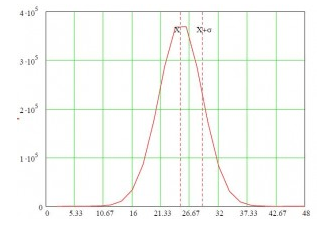
When Ophir Spiricon uses this method, it means a bit more legwork and a slightly less-impressive spec. It also means that the dynamic range stated is meaningful. It’s meant to give the customer a sense of the range of signals that he will be able to measure with this instrument.
Do you have any questions? What spec do you find most convoluted? Leave your thoughts in the comments below.

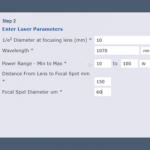
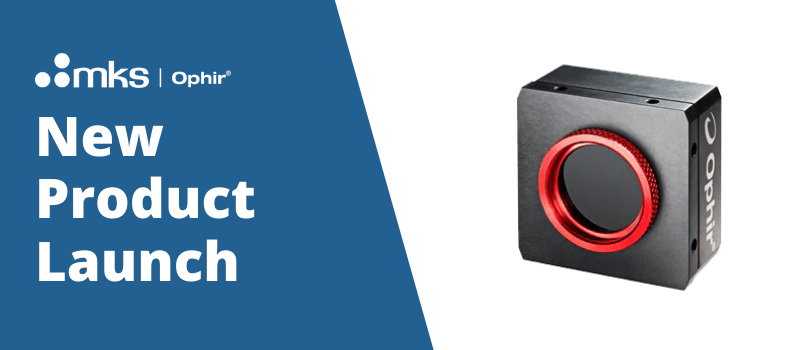



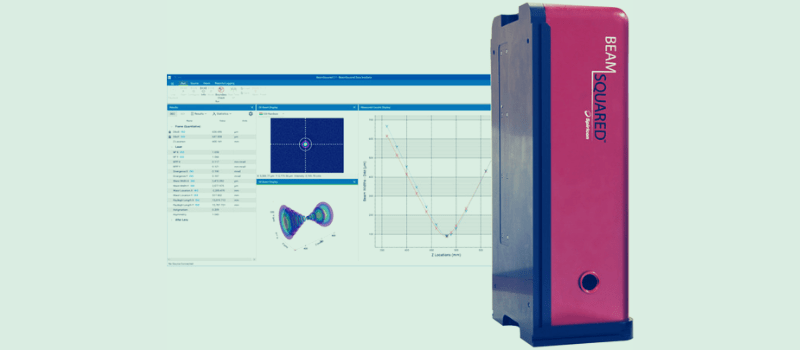
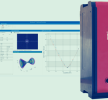
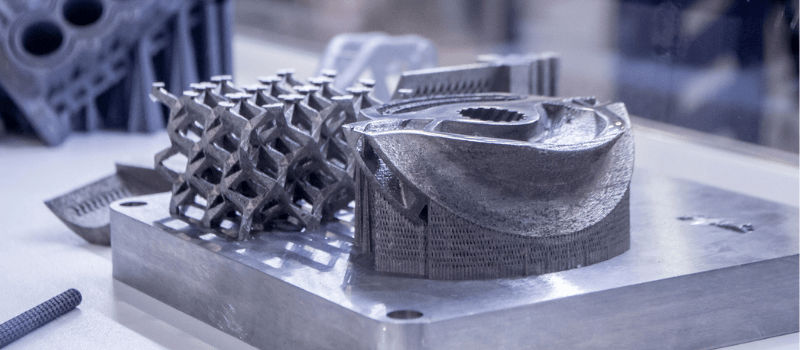
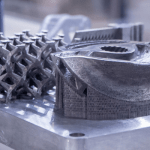
Leave a Reply
Your email address will not be published. Required fields are marked *